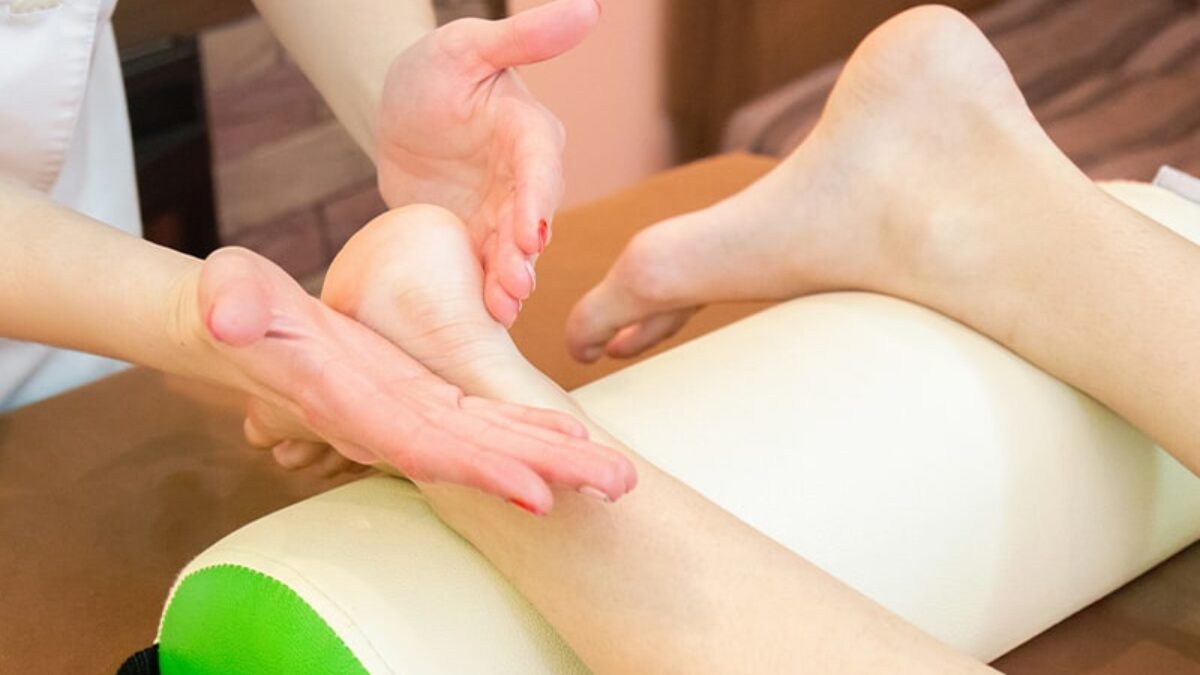Antimicrobial foams are well known in the medical field. Used in medical devices, orthotics, padding, pillows, and more, foam is a go-to material for medical applications. What types of antimicrobial foams are there? How are they used in medical applications?
Find out how you can use foam in your medical application.
The Properties of Antimicrobial Foams
Antimicrobial foams are designed to inhibit the growth of microorganisms like bacteria, fungi, and viruses. These foams generally incorporate antimicrobial agents that are either combined with the base foam material or applied as a surface coating. The key properties of antimicrobial foams include:
- Preventing Growth: the primary property of antimicrobial foams is their ability to effectively reduce or eliminate microbial growth. This is achieved by disrupting the microbial cell membrane, inhibiting cellular metabolism, or interfering with the replication process.
- Durability: antimicrobial foams are designed to maintain their antimicrobial properties over extended periods, even under conditions of regular use and cleaning. This durability ensures long-term protection against microbial contamination.
- Biocompatibility: for medical applications, antimicrobial foams must be biocompatible, meaning they do not cause adverse reactions when in contact with human tissues. Biocompatibility is crucial to ensure patient safety and comfort.
- Moisture Management: many antimicrobial foams are designed to manage moisture effectively. They can absorb and retain fluids while maintaining a dry surface, which is important for wound care and other medical applications where moisture control is critical.
- Flexibility and Comfort: antimicrobial foams used in medical applications must be flexible and comfortable for patients. They should conform to the body’s contours without causing irritation or discomfort.
Where Are Antimicrobial Foams Used in Medical Applications?
Antimicrobial foams are widely used in:
- Wound Care: antimicrobial foams are frequently used in wound dressings to prevent infections and promote healing. They provide a moist environment that is conducive to wound healing while inhibiting microbial growth.
- Medical Device Cushions: foams with antimicrobial properties are used in cushions for medical devices such as wheelchair pads, hospital bed mattresses, and surgical pads. These foams help prevent the spread of infections in healthcare settings.
- Surgical Instruments and Equipment: antimicrobial foams are used as padding and protective layers for surgical instruments and equipment. They help maintain sterility and reduce the risk of contamination during procedures.
- Prosthetics and Orthotics: custom-fit antimicrobial foams are used in prosthetic and orthotic devices to enhance comfort and reduce the risk of skin infections for patients with long-term use.
- Personal Protective Equipment (PPE): foams with antimicrobial properties are integrated into PPE, such as face masks and respirators, to provide additional protection against pathogens.
The Best Types of Antimicrobial Foams for Medical Devices and Applications
Several types of antimicrobial foams are particularly well-suited for medical applications, each with unique properties that make them effective for specific uses:
- Polyurethane Foam: polyurethane foam is widely used in medical applications due to its versatility and excellent cushioning properties. It can be impregnated with antimicrobial agents to provide long-lasting protection. Polyurethane foam is ideal for wound dressings, medical device cushions, and surgical pads.
- Polyethylene Foam: polyethylene foam is lightweight, durable, and resistant to moisture. Its closed-cell structure makes it an excellent choice for applications where moisture management is crucial. It is commonly used in prosthetic and orthotic devices and in protective packaging for medical instruments.
- Silicone Foam: silicone foam is known for its biocompatibility and hypoallergenic properties, making it suitable for direct contact with skin and tissues. It is often used in wound care products, such as dressings and adhesive tapes, to provide antimicrobial protection while being gentle on the skin.
- Polyvinyl Chloride (PVC) Foam: PVC foam is another material used in medical applications for its antimicrobial properties. It is durable and can be easily fabricated into various shapes and sizes. PVC foam is commonly used in surgical instruments and equipment padding.
Let Us Help You Choose the Best Healthcare Foam
If you are looking for custom foam solutions for medical applications, investing in antimicrobial foams can provide significant benefits in maintaining sterility and enhancing the overall quality of care. At Amcon, we can help you find the right foam for your application and custom fabricate it to fit any use, and any product. Get in touch with us today to talk about your foam needs.


